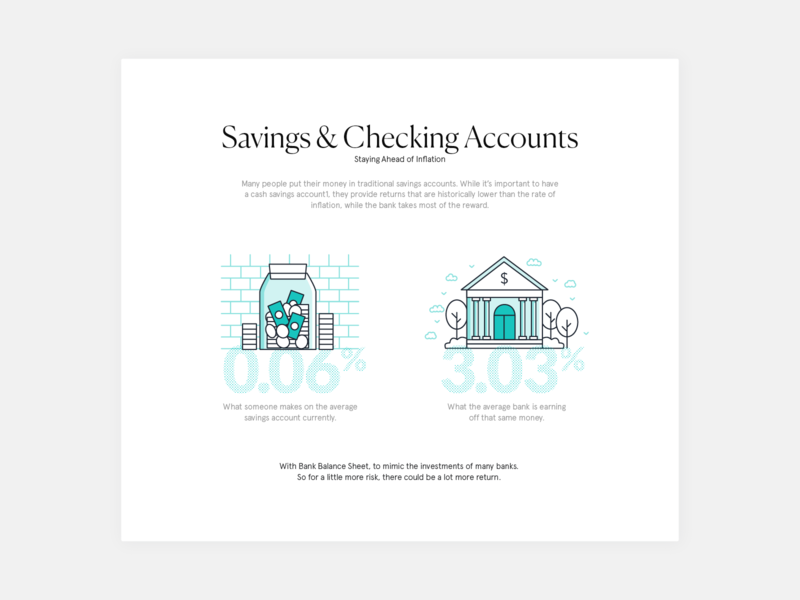Make Use Of Neighborhood Bonds In The Real Estate Industry To Access A Wide Range Of Regulative Compliance And Framework Commitments
Make Use Of Neighborhood Bonds In The Real Estate Industry To Access A Wide Range Of Regulative Compliance And Framework Commitments
Blog Article
Short Article Created By-Cabrera Lauridsen
When it comes to navigating the complexities of the real estate market, understanding the ins and outs of class bonds is vital. From guaranteeing compliance with neighborhood guidelines to satisfying framework dedications, these bonds hold substantial significance in growth jobs. However what exactly are the complex details behind neighborhood bonds and how do they effect numerous stakeholders in the real estate market? Allow's reveal the essentials that can aid you make notified decisions and effectively browse the world of class bonds in realty.
Purpose of Community Bonds
Understanding the purpose of subdivision bonds is vital for real estate designers intending to comply with regional laws and guarantee financial obligation. These bonds serve as a type of assurance to local municipalities that the required infrastructure enhancements will certainly be finished by the designer.
By posting a neighborhood bond, you're essentially promising to finish the called for public renovations, such as roadways, pathways, and utilities, within the specified timeframe.
As a programmer, safeguarding a class bond demonstrates your commitment to satisfying your responsibilities and shielding the neighborhood's rate of interests. It supplies assurance to the city government that the proposed neighborhood will not end up being a concern on taxpayers if the task is left unfinished. In addition, having a neighborhood bond in place can improve your credibility in the market and develop trust fund with stakeholders.
Kinds Of Subdivision Bonds
Set apart between the numerous sorts of neighborhood bonds to figure out which best matches your project's needs. There are three major types of subdivision bonds frequently made use of in the real estate market: performance bonds, repayment bonds, and maintenance bonds.
Performance bonds make sure that the programmer completes the subdivision based on the authorized strategies and laws. If the programmer falls short to do so, the bond will cover the expenses to finish the job. Payment bonds guarantee that all subcontractors and suppliers are spent for their service the subdivision. If the programmer defaults on repayments, this bond gives monetary security to those parties. Upkeep bonds, on the other hand, make sure that the developer keeps the class facilities for a specified duration after completion. Performance Bond and Payment Bonds covers any kind of fixings or maintenance required during that time.
Understanding performance & payment bonds between these kinds of community bonds is essential in choosing one of the most proper one for your specific task needs. Each type serves an unique purpose and provides different kinds of defense, so it's necessary to evaluate your project's requirements very carefully before making a decision.
Requirements for Community Bonds
To guarantee compliance with guidelines, programmers looking for community bonds should meet details requirements established by regulatory authorities. These needs are vital for the effective issuance of neighborhood bonds. Right here are the crucial requirements you require to satisfy:
- ** Financial Security **: You have to show economic stability and the capacity to cover the expenses associated with the class project.
- ** completion bonds and Record **: Having previous experience in realty growth and a favorable track record can increase your chances of getting a subdivision bond.
- ** Conformity with Zoning Regulations **: Ensuring that your community intends straighten with local zoning legislations and guidelines is crucial for bond approval.
- ** Environmental Impact Evaluation **: In many cases, you may require to perform an ecological influence evaluation to examine the task's effects on the setting and address any kind of worries.
Meeting these demands is essential for getting a neighborhood bond and progressing with your real estate development task.
Conclusion
Now that you recognize the relevance of class bonds in the realty industry, keep in mind that they're like a safety net for both designers and communities.
Just like a safety belt keeps a tightrope walker protected, subdivision bonds guarantee that tasks are completed sensibly and in conformity with laws.
By selecting the ideal bond and meeting all demands, you can navigate the realty landscape with self-confidence and assurance.
